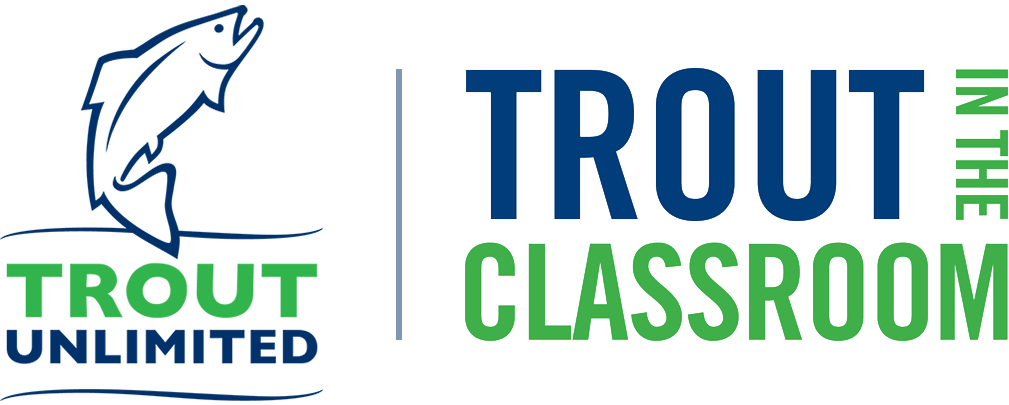Background: #
In JELLY BEAN Fish, a population genetics simulation, students observe and record the genotypic and plicnotypic make-up of a fish population. which change in response to environmental conditions and an event that changes these conditions. Events similar to the catastrophic event in this activity (vegetation dying because of pollution) could happen in real streams in the real world.
JELLY BEAN Fish provides a good synthesis of basic genetic concepts with a focus on the environment and natural selection. The changing frequencies of genes in the population in response to the environment are a dramatic demonstration of natural selection at work and provides a good introduction to this major mechanism of evolution. As well as being suitable as an everyday classroom activity, JELLY BEAN Fish can also be used as a summative assessment following a unit on genetics.
We are going to experiment with genes and environment for a population of “JELLY BEAN” fish. You will learn about the relationships between many tlifferent aspects of fish life: genes, traits, variation, survival, and reproduction . The activity here is a simulation, but it models the way fish and other organisms live in nature.
Materials: #
- 1 ”gene pool” container (e.g. zip-lock baggie)
- 8 green Jelly Beans
- 8 red Jelly Beans
- 8 yellow Jelly Beans
- Fish Life Cycle
- Large paper plates
Vocabulary: #
- Algae
- Allele
- Biodiversity
- Co-Dominant
- Dominant
- Ecosystem
- Gene
- Hatchery
- Recessive
Directions: #
Read all of the directions before starting this lab. Check the circles when you have read and/or completed that question, task or section. Answer all of the questions and fill-in all of the tables and blanks.
Introduction: #
The colored Jelly Beans represent three different forms of a gene (green, red, and yellow) that controls one fish trait: skin color. The table below tells you which forms (alleles) of the gene are dominant, which are recessive, and which are equal (or-co-dominant) .
.,, When you see an arrow ~ that means you have to do something
Allele for Skin Color/ Description
The Green Gene (G) / dormant to all other color genes
The Red Gene (R) / recessive to green and equal (co-dominant) to yellow
The Yellow Gene (Y)/ recessive to green, • equal ( co-dominant”) to red *
The gene combination (R/Y)•• Results in a- fish with orange skin-color …
REMEMBER: EACH JELLY BEAN REPRESENTS A GENE, NOT A FISH.
Count your Jelly Beans to make sure you have 8 of each color for a total of 24 Jelly Beans in your plastic zip-lock baggie (8 red; 8 yellow and 8 green)
Figure out which gene combinations give rise to which fish colors and fill in the answers on the table below:
Using the table above, record all of the POSSIBLE gene combinations here:
| Fish Color | Which gene combinations make this skin color? | Phenotype |
| Green | GG, GR, GY | Green |
| Red | ||
| Yellow | ||
| Orange |
A) Can two red fish mate and have green offspring? Why or Why not? Explain…
B) Can two orange fish mate and have red offspring? Why or why not? Explain…
C) Can two green fish mate and have orange offspring? Why or why not? Explain…
Make a “first generation” of fish. To do this, mix your 24 genes in the plastic zip lock baggie. Without looking, pull out genes (Jelly Beans) in pair and set them
aside carefully on the paper plate you were given so that they stay in pairs on your plate .
This simulates the way offspring are formed by sperm from the male fish combining randomly with eggs from the female fish. Once you have drawn your twelve pairs, record the results in Table A. An example fish in the first generation is given in Table A in the shaded boxes (do not include this fish in your calculations).
Table A: Gene pairs and resulting fish colors in generations 1-4
| First Gene/Second Gene | Resulting Fish Color |
| Generations |
| Offspring | 1st | 2nd | 3rd | 4th | 1st | 2nd | 3rd | 4th | |
| Example | GR | Green | |||||||
| 1 | |||||||||
| 2 | |||||||||
| 3 | |||||||||
| 4 | |||||||||
| 5 | |||||||||
| 6 | |||||||||
| 7 |
·





